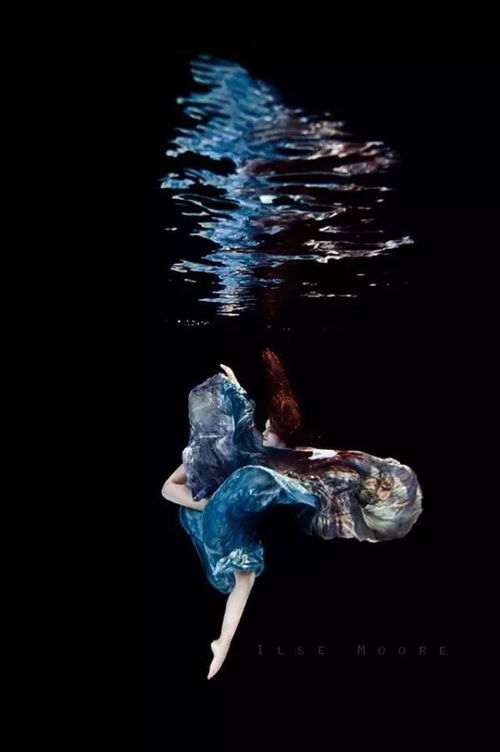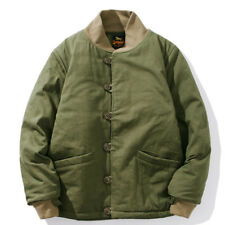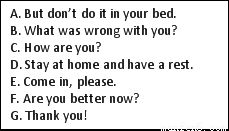Content:
Fishing with water surface traps, also known as floating traps or bobbers, is a traditional and effective method used by anglers worldwide. This technique involves using a float or bobber to indicate when a fish is biting, allowing for more precise and patient fishing. In this article, we will delve into the various techniques and tips for mastering the art of fishing with water surface traps.
Understanding Water Surface Traps
Water surface traps are simple devices that float on the water's surface and are attached to a fishing line. When a fish takes the bait, the bobber moves, signaling that a catch is on. This method is particularly useful in calm waters, where the subtle movements of the bobber are more noticeable.
Choosing the Right Equipment
To begin, it's essential to select the right equipment for water surface trap fishing. Here are some key components:
Rod and Reel: A lightweight, telescopic rod with a smooth, easy-to-cast reel is ideal. The rod should be long enough to cast comfortably and strong enough to handle the weight of the bobber and line.
Line: Use a monofilament line with a thickness suitable for the fish you're targeting. A general rule of thumb is to use a line with a breaking strength of 4 to 6 pounds.
Bobber: Select a bobber that is appropriate for the depth you plan to fish. Larger bobbers are better for deeper waters, while smaller ones are ideal for shallow waters.
Hook and Bait: Choose a hook size and bait that match the species you're targeting. Live bait, such as worms or minnows, or artificial lures like spinners or jigs, can be effective.

Setting Up the Trap
Attach the Bobber: Thread the fishing line through the bobber's hole and tie a secure knot, such as an improved clinch knot or a uni-knot. Ensure the knot is tight enough to hold the bobber in place but not so tight that it restricts the bobber's movement.
Adjust the Length: The length of the line between the bobber and the hook should be long enough to allow the bait to reach the desired depth. Experiment with different lengths to find the perfect setup for your fishing spot.
Attach the Hook and Bait: Attach the hook to the end of the line, then attach the bait. Ensure the bait is securely hooked and won't easily come off during a bite.
Fishing Techniques
Patience is Key: Water surface trap fishing requires patience. Wait for the bobber to move before setting the hook. A sudden, sharp pull can indicate a fish taking the bait, but it's not always the case. Sometimes, the bobber may move slightly or in a rhythmic pattern, signaling a bite.
Adjust the Bobber: If the bobber moves too much, it may be catching on vegetation or other debris. Adjust the length of the line to find a balance between sensitivity and stability.
Change Your Approach: If you're not getting bites, try changing the type of bait, the color of the bobber, or the depth at which you're fishing. Experimentation is crucial to finding what works best in your fishing environment.
Use the Current: If you're fishing in a river or stream, use the current to your advantage. Position the bobber so that it drifts naturally with the current, and adjust the length of the line accordingly.
Safety and Etiquette
Respect the Environment: Always practice catch-and-release fishing when possible, and be mindful of the local fishing regulations and conservation efforts.
Clean Up After Yourself: Remove any litter or debris from the fishing area, and dispose of your trash properly.
Stay Safe: Wear appropriate clothing and footwear for the weather and terrain, and be aware of your surroundings to avoid accidents.
In conclusion, fishing with water surface traps is a skill that requires practice and patience. By understanding the equipment, mastering the techniques, and staying patient, you can increase your chances of success. Remember to respect the environment and practice safe fishing etiquette, and you'll be well on your way to becoming a proficient water surface trap angler. Happy fishing!












